Policy 2.20 - Sexual Identity, Gender Diversity and Gender Expression
Policy 2.20 Sexual Identity, Gender Diversity and Gender Expression
The Board of Education acknowledges that Canadian Laws protect the most basic human rights of 2 spirit, Lesbian, Gay, Bisexual, Transgender, Queer, and Intersex people (2SLGBTQI+); however, inclusive and affirming attitudes and behaviours towards the sexual and gender diverse (SGD) population have not kept pace (are lagging, in some instances). Therefore, this policy outlines the Board’s commitment to ensuring and protecting the human rights of 2SLGBTQI+ people.
In keeping with the BC Human Rights Code, the Board accepts its responsibility to work with parents and community to help promote and sustain a discrimination-free society in which sexual Identity, gender diversity and gender expression is respected and supported. Accordingly, the Board commits to working with everyone in the school district to promote and sustain learning and working environments that:
- promote acceptance and understanding;
- give voice to all members of the school community;
- welcome individuals and groups, include them, help them to feel safe and free from violence, bullying harassment and discrimination, and treat them with respect and dignity; and
- ensure equitable access to and equitable participation in quality education for all students.
Definition
Intersectionality: a framework that recognizes how various aspects of a person’s identity, such as gender, race, sexuality, age, and ability, intersect to create unique experiences of discrimination and privilege.
The Board recognizes the challenges and multiple layers of discrimination and marginalization that 2SLGBTQI+ individuals face and understands the importance of intersectionality in its efforts to create more inclusive and supportive learning environments for all.
Guiding Principles
- CULTURE
The Board is committed to and encourages a culture of inclusivity, safety and acceptance of sexual and gender diverse individuals. - CONFIDENTIALITY
Students will have the right to the confidentiality of their sex, gender, and name. - INCLUSIVE LEARNING
Classroom materials and activities will contain positive images and accurate information about sexual and/or gender diversity. - STAFF TRAINING
All staff will be provided with knowledge and tools to develop a broad understanding of SOGI and the impact on students. - FACILITIES
Individuals may choose to use washrooms and change rooms that match their gender identity, including non-gendered single-stall washrooms and change rooms. - SELF-IDENTIFICATION
Students will have the right to self-identification, which includes the name by which they wish to be addressed and the pronouns that correspond to their gender identity. - INCLUSIVE ACTIVITIES
Students will be included and accommodated for in activities regardless of their sexual orientation or gender identity, including support to set up a Gender-Sexuality Alliance/Gay-Straight Alliance or similar club.
Guidelines
1. | School staffs are expected to work with their school communities and, by way of their codes of conduct, develop prevention and intervention strategies that address any language or behaviour that degrades, denigrates, labels, stereotypes, or incites violence, hatred, prejudice, discrimination towards, or harassment of others. | ||||||||||
| 2. | The Board will work closely with the 2SLGBTQI+ community (acting in an advisory capacity) to:
| ||||||||||
| 3. | The Board will continue to support and take advice from advisory bodies, as a way of further promoting diversity and equity. |
| Legislative References: | School Act [RSBC 1996, Sections6(1), 76, 85]; BC Human Right Code, Statement of Education Policy Order 1280/89, Provincial Standards for Codes of Conduct Order (M276/07); Canadian Charter of Rights and Freedoms, and Canadian Multiculturalism Act |
| Collective Agreement References: | Nil |
| Date of Adoption: | January 29, 2025 |
| Date of Revision: |




